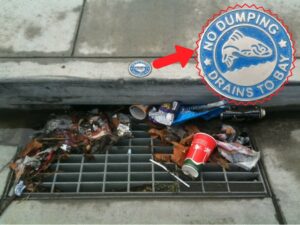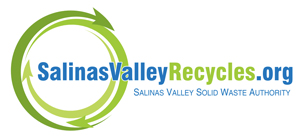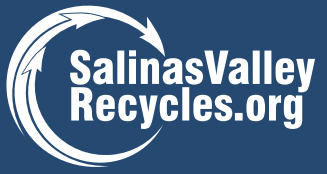Safety First!
From a safety perspective, unsecured loads can be devastating. A recent AAA study revealed that roadway debris caused over 200,000 accidents from 2011 to 2014, resulting in 39,000 injuries and 500 fatalities. All of which could have been prevented by simply taking the time to securely fasten or tarp the cargo.
Washington State resident Robin Abel was deeply affected by an unsecured load, causing her to launch the Secure Your Load campaign, whose slogan is Secure your load as if everyone you love is driving in the car behind you. Her campaign efforts also lead to the inauguration of Secure Your Load Day on June 6, 2016. To hear Robin’s story and others who have been affected by the dangers of unsecured loads, visit Secure Your Load.
Safety Checklist:
A load is considered secure when nothing can slide, shift, fall, sift onto the roadway, or become airborne. To ensure your cargo doesn’t cause unnecessary damage and suffering to you or others, ask yourself these questions when securing your load:
- Would I feel safe driving behind my vehicle?
- Have I overloaded my vehicle or trailer?
- Have I tied large objects directly to the vehicle and placed lighter items at the bottom of my load?
- Is the entire load secured at the back, sides and top with rope, netting, tarps and/or straps?
- Is there any chance something might fall or blow out of my vehicle?
- What would happen to my load if I hit a bump, had to brake suddenly or was hit by another vehicle?
- Can I see the entire load in my mirrors while driving and am I regularly checking to make sure it’s still secure?
Tips on how to secure your load:
- Tie it down. Large or heavy items should be secured with solid straps, rope, bungee cords, or netting. Make sure your tie down materials are appropriate for the weight they are securing and can withstand highway speeds.
- Cover it up. For loose items like grass or tree clippings, a tarp or netting can be used to keep items in place.
Don’t dispose of trash in pick-up beds. Trash in pick-up beds can fly out when the vehicle reaches highway speed. Dispose of trash properly in a trash receptacle. - Re-check your load. Loads can shift and settle during a trip. If safe to do so, re-check your load during your trip. Tighten straps that may have loosened and adjust your load if necessary.
Environmental and Aesthetic
Uncovered loads are the #1 cause of roadside litter and debris. According to the California Highway Patrol, vehicle-related debris accounts for twelve million pounds of litter on California roads each year. Besides being unsightly, litter and debris on the road can clog stormwater drains; increasing the potential for flooding, and can also end up in waterways and the ocean; disrupting natural habitats and potentially harming wildlife.
Do your part to keep the Salinas Valley litter-free by participating in a community cleanup event or host your own cleanup. Salinas Valley Recycles offers assistance and supplies to help you organize your own event at a place that is important to you. Contact our Recycling Coordinator at (831) 775-3018 to get started.

For a local look at how litter affects the Salinas Valley, check out the Caltrans video and visit the Adopt-A-Highway website to find out how you can help keep California’s roadways clean.
To adopt a roadway in Monterey County, visit Monterey County Adopt a Roadway Program
To report roadside litter and debris in Monterey County, visit Keep Monterey County Clean.
Economic
Last year, Caltrans spent more than $67 million picking up litter and debris in California. Not to mention the combined millions spent by every Public Works Department, waste hauler and resource management agency in every city and county, as well as the countless volunteer hours spent on community cleanup events. It’s hard to imagine all that money being spent on something that can so easily be prevented.
Aside from costing millions in cleanup, personal costs can also add up. California vehicle codes 23114 and 23115 require any vehicles transporting any type of cargo to be totally covered or secured, so that the load or any part of the load won’t spill, fall or otherwise escape from the vehicle. Violations for litter include fines of up to $1,000 for the first offense and if an item falls off a vehicle and causes bodily harm, the driver faces gross misdemeanor charges, penalties of up to $5,000 and up to a year in prison. Uncovered loads can also cost you more at disposal facilities; potentially doubling the disposal fee you would normally pay. Rather than risk it, tarp it!

